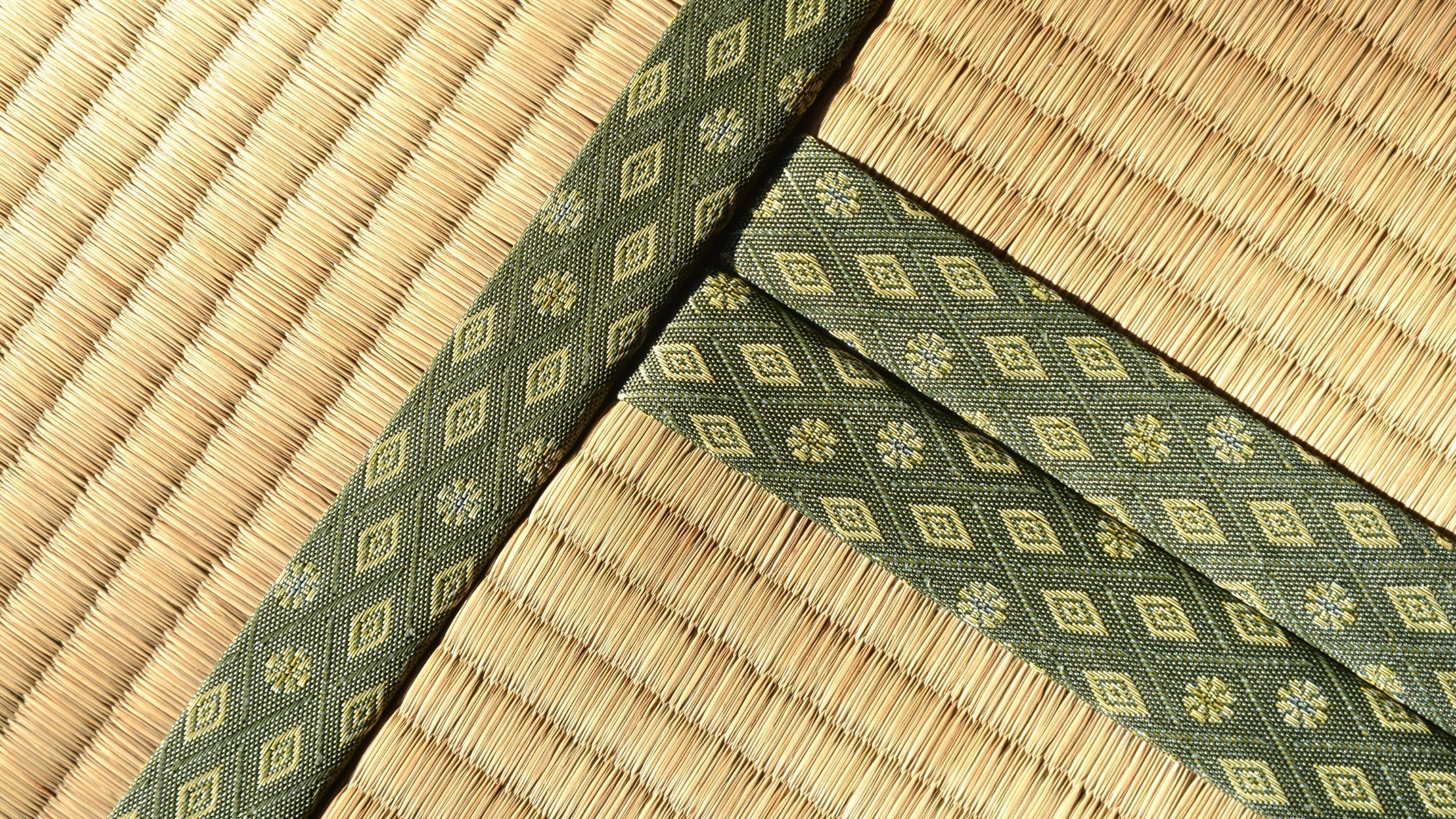Tatami mats are more than just flooring—they’re a key part of Japanese home design, bringing warmth, comfort, and tradition to any space. Whether you want to create a peaceful retreat, add an authentic Japanese touch, or embrace a minimalist aesthetic, tatami mats offer a perfect balance of beauty and functionality. Let’s dive into their history, cultural significance, and how they can enhance modern homes.
A Brief History of Tatami Mats
Tatami mats have been a staple in Japanese homes for centuries, dating back to the Heian period (794-1185). Originally, they were a luxury item used by the aristocracy as seating or sleeping surfaces. The name "tatami" comes from "tatamu," which means "to fold" or "to stack," referencing their early portable design.
By the Edo period (1603-1868), entire rooms—called washitsu—were covered in tatami, shaping a lifestyle that continues to this day. While modern Japanese homes often feature a mix of tatami and Western-style flooring, these mats remain a symbol of tradition and comfort.

What Makes Tatami Mats Special?
Tatami mats are made from natural materials, giving them a distinct look, feel, and even scent. Each mat consists of three main parts:
-
Tatami-doko (Core): Traditionally made from compressed rice straw, though modern versions may use wood chip boards or foam for added durability.
-
Tatami-omote (Surface): Woven rush grass (igusa) gives tatami its signature texture and fresh, natural aroma. It also helps regulate temperature, keeping rooms cool in summer and warm in winter.
-
Tatami-fuchi (Border): A fabric trim that reinforces the mat’s durability while adding a decorative element.
How Tatami Mats Fit Into Japanese Culture and Everyday Life
Tatami mats are deeply ingrained in Japanese culture and influence everything from tea ceremonies to daily home etiquette.
1. A Key Element in the Japanese Tea Ceremony
Tatami flooring plays a crucial role in the traditional tea ceremony (chanoyu), where the mats create a serene, meditative space. The soft surface encourages slow, intentional movements—an essential part of the ritual.
2. A Flexible Living Space
Traditional washitsu rooms with tatami flooring serve multiple functions—sleeping, dining, or hosting guests. Even in modern homes, a tatami corner (tatami-koya) offers a quiet retreat within a larger space.
3. Tatami and Japanese Home Etiquette
Tatami mats are treated with respect in Japan. Shoes are always removed before stepping on them to maintain cleanliness. The way people sit—whether in the formal seiza (kneeling) posture or a more relaxed position—reflects the cultural traditions associated with tatami rooms.
4. Tatami in Martial Arts
Tatami mats provide a stable yet cushioned surface for martial arts like judo and aikido, helping absorb impact and prevent injuries.

Bringing Tatami into Modern Homes
Tatami mats have evolved to fit seamlessly into modern homes, offering both style and function.
1. A Natural and Timeless Look
Tatami mats add warmth and a natural feel to interiors. Their soft, earthy tones complement wood furniture, neutral colors, and minimalist décor, creating a cozy and inviting atmosphere.
2. A Traditional Yet Space-Saving Sleeping Solution
Sleeping on a futon over tatami has been a Japanese tradition for centuries. It provides excellent back support and helps maximize space since futons can be folded and stored during the day.
3. Blending Tradition with Modern Design
Today, many designers incorporate tatami into contemporary interiors. Raised tatami platforms with built-in storage combine traditional aesthetics with modern practicality.

Practical Benefits of Tatami Mats
Beyond their beauty, tatami mats offer several practical advantages for everyday living.
1. Regulates Temperature and Humidity
Tatami naturally absorbs moisture when the air is humid and releases it when it’s dry, making it a great flooring choice for year-round comfort.
2. Improves Air Quality
Igusa, the rush grass used in tatami, has natural air-purifying properties. It helps absorb toxins and odors, improving indoor air quality.
3. Soft and Quiet Underfoot
Tatami mats provide a cushioned surface that’s comfortable to walk, sit, and lie on. They also absorb sound, making rooms quieter and more peaceful.

Caring for Your Tatami Mats
With the right care, tatami mats can last for years. Here are a few simple maintenance tips:
-
Regular Cleaning: Sweep with a soft broom or use a vacuum with a brush attachment to remove dust.
-
Prevent Moisture Build-Up: Ensure good air circulation to avoid mold, especially in humid climates.
-
Sunlight Exposure: Occasionally airing out mats in the sun helps keep them fresh and prevents odors.
-
Use Soft-Soled Slippers: Special tatami slippers help minimize wear and tear.
Bring Tatami Mats into Your Home
Tatami mats aren’t just flooring—they bring balance, tradition, and comfort to any space. Their timeless appeal, cultural significance, and practical benefits make them an excellent addition to any home. Whether you're designing a meditation corner, embracing minimalist living, or simply looking for a natural and comfortable flooring option, tatami mats offer the perfect mix of style and function.
Thinking about adding tatami to your home? Now’s the perfect time to experience the craftsmanship, comfort, and elegance of this Japanese tradition.





Share:
Essential Japanese Kitchen Tools Every Foodie Needs
How to Bring Japanese Aesthetics into a Small Apartment